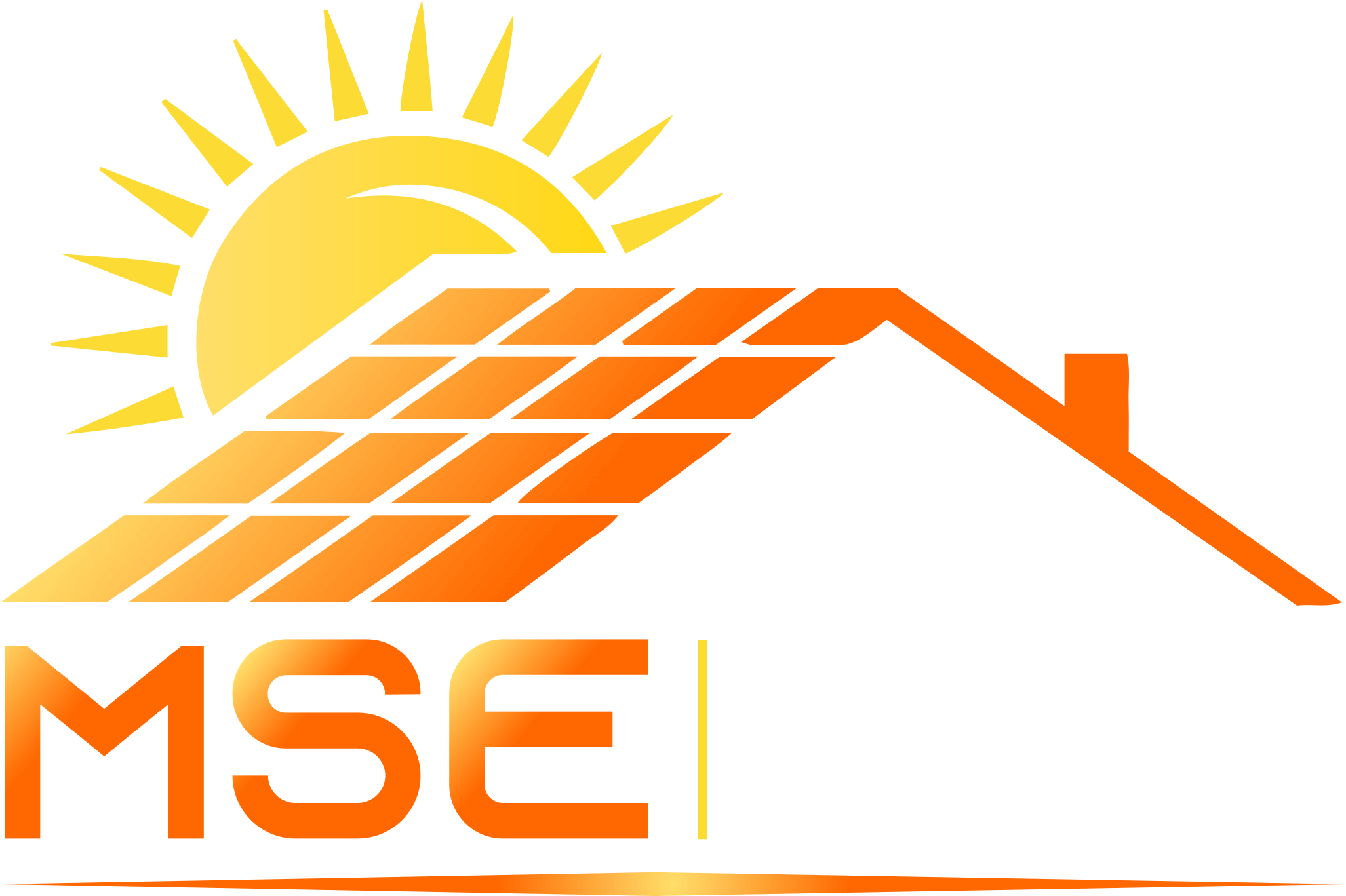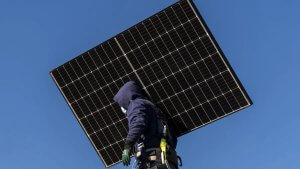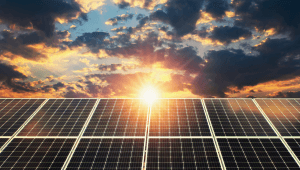
Are you considering solar panel installation for your home or business? Before you take the plunge, it’s important to understand the basics of solar panel racking. We’ll break down the basics of this important element of solar installation in this blog post so that you feel prepared and confident when making your decision.
Call 703-851-5853 to learn more:
#majeskisolarenergy #mse #solarpanel #solarenergy #solar #solarpower #solarpanels #renewableenergy #solarsystem #greenenergy #gogreen #cleanenergy #gosolar #solarpowered #energy #solarpv #solarinstallation #photovoltaic #sustainability #solarcell #renewables #panelsurya #renewable #environment #plts #inverter #sun #sustainableenergy #energiasolar #offgrid #sunpower #electricity
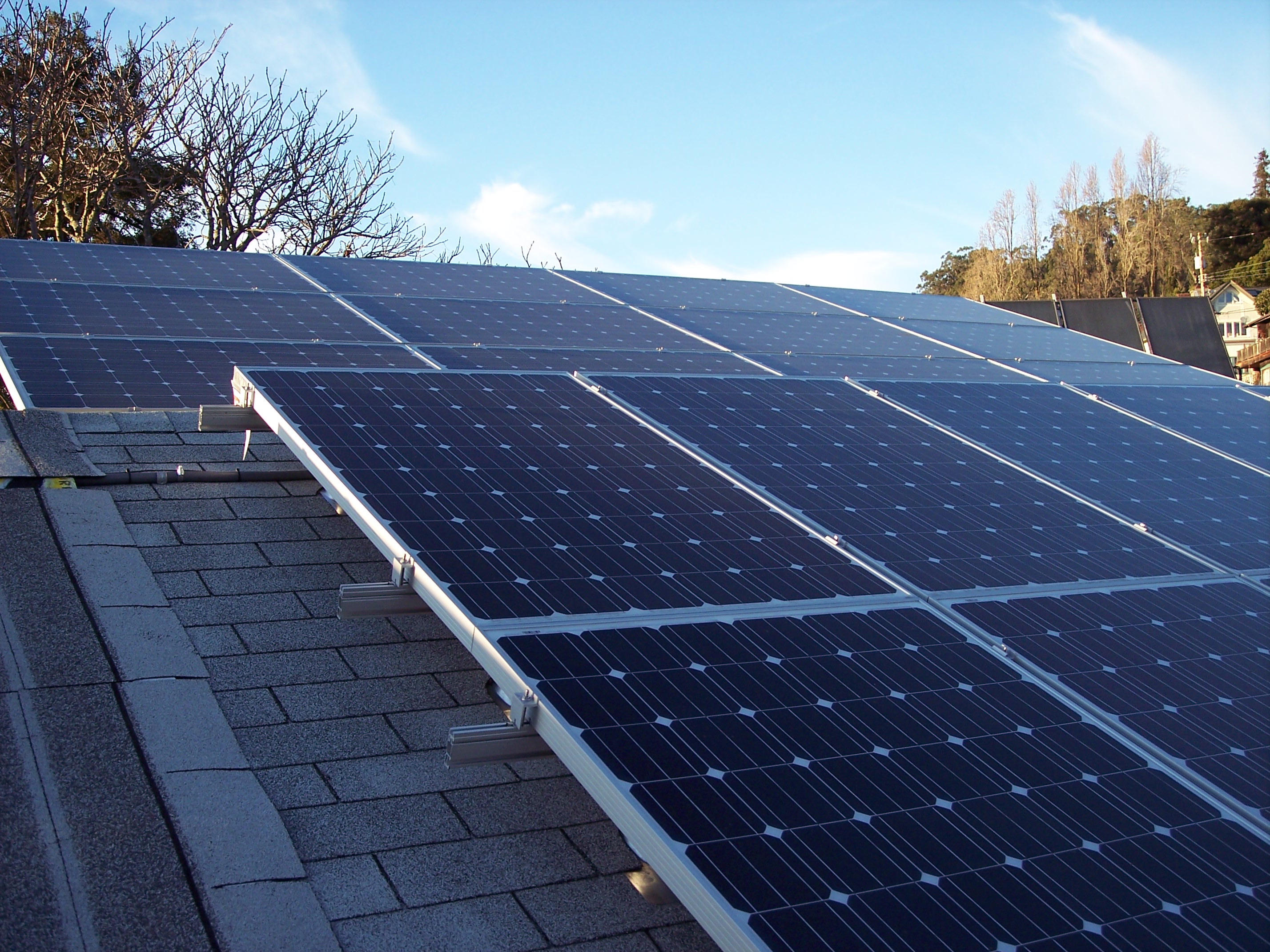
🔍Introduction to Solar Panel Racking
Solar panel mounting systems are a crucial component of any solar energy system. Solar panel racking allows homeowners and business owners to safely install and maintain solar panels on surfaces like roofs, building facades, or the ground. This type of mounting system is designed to enable retrofitting of solar panels to existing structures or can be used as part of the structure of the building. Solar panel racking also provides an ideal orientation and tilt angle for the solar panel array, allowing it to capture maximum sunlight, and therefore, maximum energy. With the right racking system, homeowners and business owners can ensure long-term reliability of their solar energy system.

Types of Solar Panel Racking
When it comes to solar panel racking, there are several types of systems available. Each type of system is designed to meet the specific needs of a particular application, such as mounting solar panels on roofs, carports, awnings, or the ground. The most common types of solar panel racking systems are rail-mounted, heavy-duty adjustable brackets, and foldable tilt legs.
Rail-mounted systems are designed to be fixed to the roof of a building and rely on pipes that act as railings to mount the solar panels. Heavy-duty adjustable brackets are designed to support larger solar panels and are typically used for off-grid applications. Finally, foldable tilt legs are designed to be adjustable and are often used in residential applications. While these three types of systems are the most popular, there are also other types of solar panel racking systems available.
Each type of system has its own set of benefits and considerations, and it is important to understand the differences between them before deciding which system is right for your application. In addition, it is important to consider the cost of each system and the installation process. The installation process can vary greatly depending on the type of system you choose, so it is important to research the installation requirements before making a purchase.
🔋☀️Benefits of Solar Panel Racking
Solar panel racking systems provide many advantages for both homeowners and businesses who are looking to install photovoltaic (PV) systems. One of the primary benefits is that they can be used to optimize the performance of the solar panels. By setting the proper tilt angle for the panels and ensuring that they are mounted securely, solar racking systems can help ensure that the solar panels are able to generate the most electricity possible. Additionally, solar panel racking systems can help protect the panels from damage caused by wind or other extreme weather conditions. Furthermore, many solar panel racking systems are designed to be aesthetically pleasing, helping to enhance the look of a home or commercial property.
Racking Installation Considerations
When it comes to installing a solar panel racking system, there are a few key considerations to keep in mind. It is important to consider the local environment and weather conditions in the area where the system will be installed. This will determine the type of racking material needed, as well as the design and layout of the system. In addition, it is important to consider the size and weight of the solar panels, as well as the roof or rooftop area where the system will be installed. Proper installation requires the use of secure mounting hardware and the correct fastening techniques, as well as any necessary tools or equipment. Finally, the installer must be aware of any local codes and regulations that may affect the installation process.
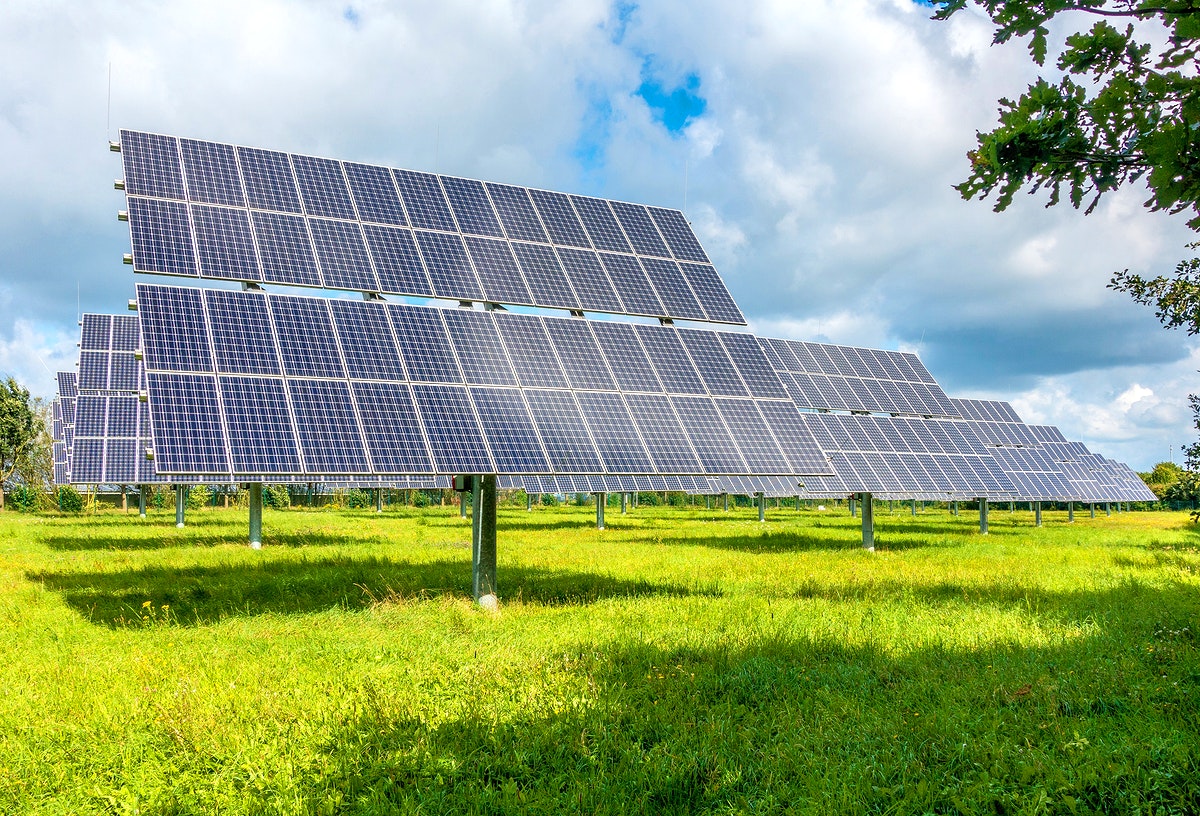
Racking Materials and Durability
When selecting a solar panel racking system, it’s important to consider the materials used in its construction. Different materials can offer different levels of durability, which can have an impact on the long-term performance and reliability of the system. For example, aluminum is often used for solar racking systems as it is lightweight yet strong and highly resistant to corrosion. Steel is another popular choice, but it is heavier and more susceptible to rust. It is also important to look for materials that have been tested and certified to meet specific standards, such as UL 2703 in the US, to ensure the highest level of safety and reliability. Additionally, look for materials that are designed to withstand extreme weather conditions and heavy loads.
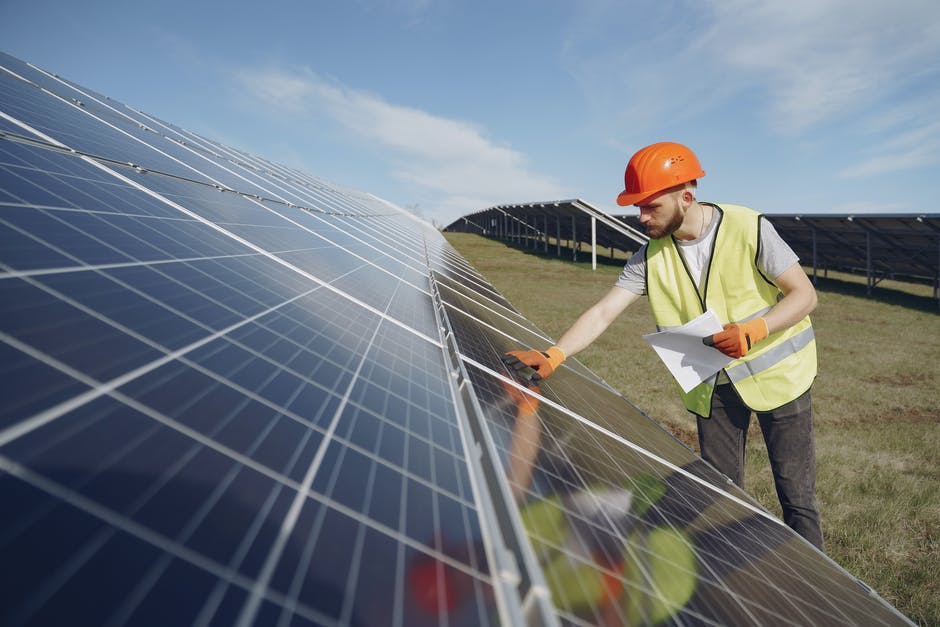
Design and Layout Considerations
When choosing a solar panel racking system for your property, it’s important to consider the design and layout of your racking system. This includes the size, shape, and weight of the panels, as well as the type of roof or surface you are mounting them onto. The layout of your racking system should ensure that all of the panels are optimally oriented for maximum solar exposure and that the system is securely mounted to the roof or ground, depending on the type of system you choose. Furthermore, it’s important to consider the accessibility of the system for regular maintenance and cleaning. Additionally, the design and layout of your racking system will determine how easy it is to install, which can impact the cost of the system.
Safety and Maintenance Guidelines
Solar panel racking systems are designed to provide a secure, long-lasting way to mount solar panels to any surface. But in order to ensure the safety and longevity of your system, it’s important to follow some basic safety and maintenance guidelines. All components of the system should be inspected regularly to ensure they are in good condition and able to perform the job they were designed for. It’s also important to inspect the mounting points and fasteners for any signs of wear or damage. It’s also important to ensure that the racking is properly secured to the roof or other surface and that the panels are not exposed to any extreme weather or other conditions that could damage them. Finally, it’s important to follow the manufacturer’s instructions for cleaning and maintenance of the system. By following these guidelines, you can ensure that your solar panel racking system will provide reliable service for years to come.
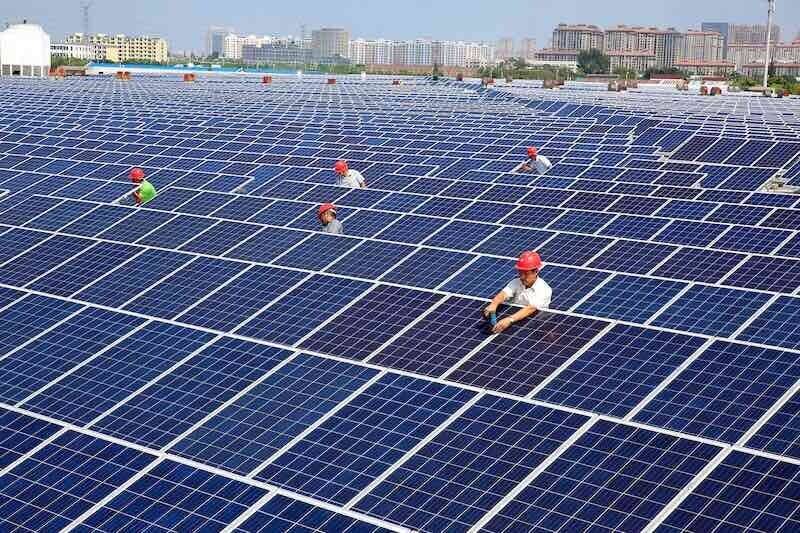
Choosing the Right Solar Panel Racking System
When it comes to choosing the right solar panel racking system, it is important to consider your specific requirements. Before making a purchase, consider the specific types of mounting available, the size and number of panels you will need to install, the mounting surface, the weather conditions, and any local building codes or regulations. Additionally, you should consider the type of racking materials you would like to use and the cost of the system. Once you have gathered all the necessary information, you can make an informed decision about the best system for your needs.
Costs of Solar Panel Racking Systems
It is important to consider the cost of solar panel racking systems when determining the total cost of a solar installation. The cost of the system will depend on the type and size of the system, as well as the materials used. The cost of the associated hardware, installation, and labor will also need to be taken into account. On average, the cost of solar panel racking systems ranges from $1 to $3 per watt of power. Additionally, the cost of solar panel racking systems can vary depending on the complexity of the system and the location of the installation. It is important to speak with a professional installer to determine the best system for your needs and budget.
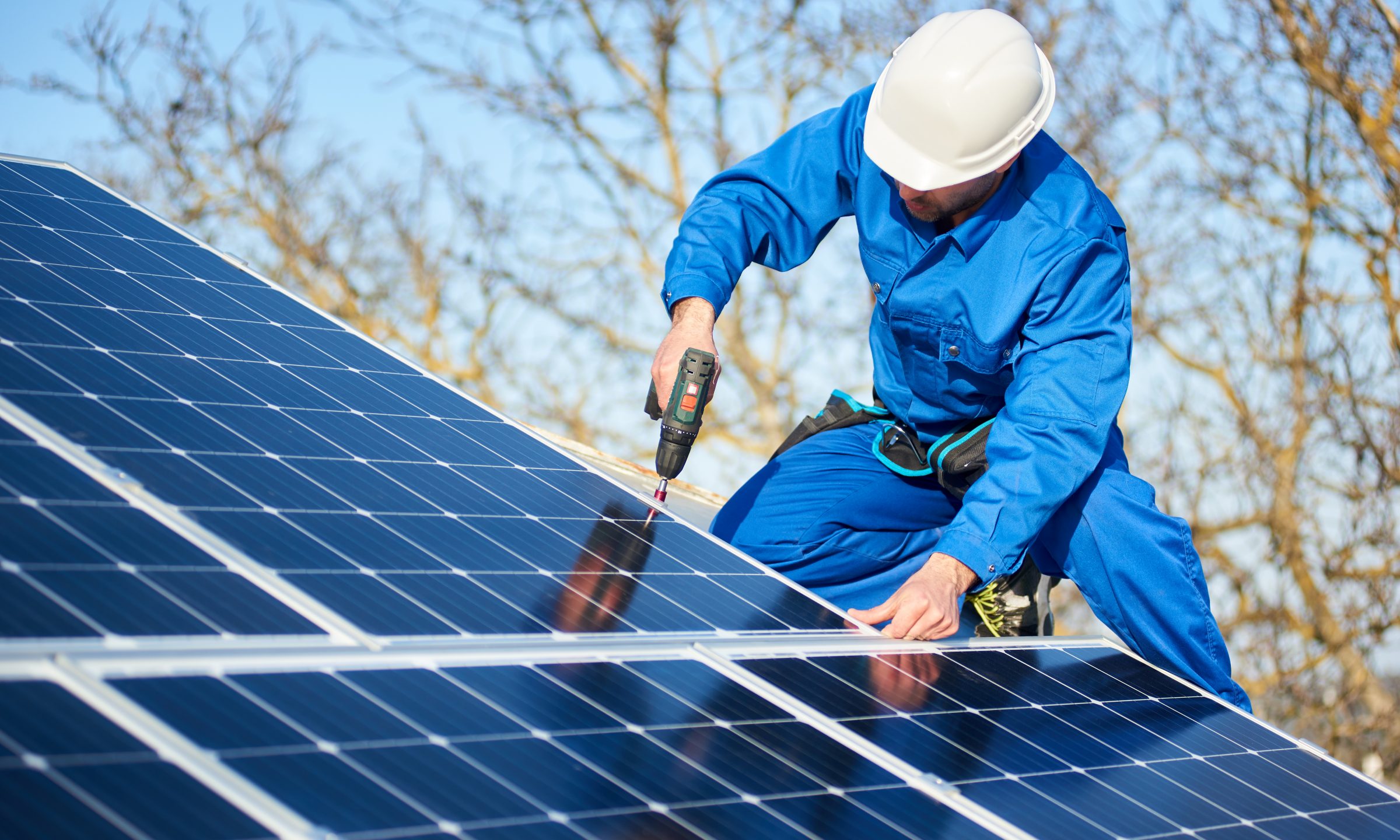
Common Questions About Solar Panel Racking Systems
Now that you have a better understanding of solar panel racking, you may have some questions about what to look for when choosing one. The following are some of the most common questions people have when selecting a solar panel racking system:
- What type of roof or building structure is the racking system best suited for?
- How much space will be needed to install the racking system?
- Are there any safety or maintenance guidelines that should be followed?
- What type of materials should be used in order to ensure durability?
- What type of design and layout should be used?
- What are the costs of the solar panel racking system?
Answering these questions can help you make an informed decision about the best racking system for your needs. It is important to research and compare different racking systems to ensure you are getting the best value for your money. Additionally, it is important to follow all safety and maintenance guidelines to ensure your solar panel racking system is up to standards.
Learn More about The Advantages Of solar Energy
majeski
Leave a Replay
About Majeski
Majeski Solar Is a Solar Installer company, and Top Tier Solar Installer in Washington D.C. , Virginia, and Maryland.
